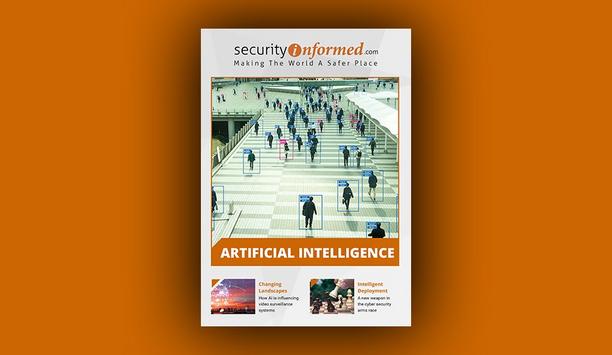 |
| Electronic access control systems can often also be integrated into “time and attendance” recording devices |
With the vast amount of people visiting large public sector buildings on a day-to-day basis, security is paramount. The facility must be managed correctly to limit criminal activity, injury and costly claims.
Conducting Detailed Security Checks
To ensure the facility you are in charge of is as secure as possible while not impeding safety, executing thorough checks and implementing required measures is crucial. Dr Steffan George, Development Director of the Master Locksmith Association, advises on the best ways to protect a commercial property.
Firstly, consider the areas of the facility which could be prone to security threats such as storage units or places where expensive or critical equipment is kept, then implement a relevant security plan.
If in doubt, asking an MLA approved locksmith to carry out a security assessment would be a good start, as these provisions will assess any weak points of your security and provide solutions best suited to your particular facility.
Strengthening Electronic Access Control Systems
Investing in electronic access control may well be of interest, it helps you monitor and regulate access to various areas of the building and access rights can be changed relatively quickly and cheaply. Your first thought might be to focus on main entrances, and while this is important it’s also a good idea to consider other places such as outdoor smoking areas. These locations could potentially offer an access route for a criminal due to the inherent nature of people passing in and out of smoking areas along with the assumption that they have already been through security checks and therefore have a right to do so. Electronic access control systems can often also be integrated into “time and attendance” recording devices, making it easier to manage personnel.
Master key systems are another great idea for buildings, with access to a multitude of locks. With a master key system, you can allocate a specific key to multiple rooms meaning that an occupant can open the front door and the doors to any requiring access, while the facility manager can have one key that is configured to open all locks in the building.
Investing in electronic access control may well be of interest, it helps you monitor and regulate access to various areas of the building and access rights can be changed relatively quickly and cheaply |
Evacuation Points And Security
Alongside trusty locks, alarms, entrance systems and security personnel, technology is vital for keeping occupants safe, especially in buildings with high footfall. Invest in some good CCTV cameras – they will provide evidence should an incident occur, whether it be a burglary or false injury claim. Electronic door openers and closers are another great way of enhancing the security of your facility as they ensure that doors close properly.
It’s important to ensure evacuation points are kept clear and employees are well aware of how to access them. Having fire doors located in the correct place with the best functionality in terms of access and security is of utmost importance. The facility should have a “responsible person” who looks after this as well as a fire risk assessment.
Evacuation points and security can be a confusing prospect – occupants need to be able to escape the facility easily, while mitigating the risk of perpetrators access, so it’s a really important consideration. To add to this, you also need to consider what type of person will be using the building, or indeed part of the building as regulations relating to emergency exit hardware (often termed panic hardware) will differ depending on whether it will only be members of staff, who will be familiar with the layout of the building, or whether it may be members of the public who are in the building for the first time. If in doubt an MLA trained locksmith can give you tailored advice on this.
Security Training For Facility Personnel
If not already in place, a security training plan covering the training, drills and security actions of people at the facility should be implemented too as well as being included in induction training. Selected security personnel should monitor the safety of the building. Not only must these individuals be trained in the operation of security equipment and systems, they should also be able to test security equipment and should do so regularly.
If equipment does happen to be damaged, a repair or indeed a replacement should be scheduled as soon as possible to stop a perpetrator being able to access the building with ease.


















